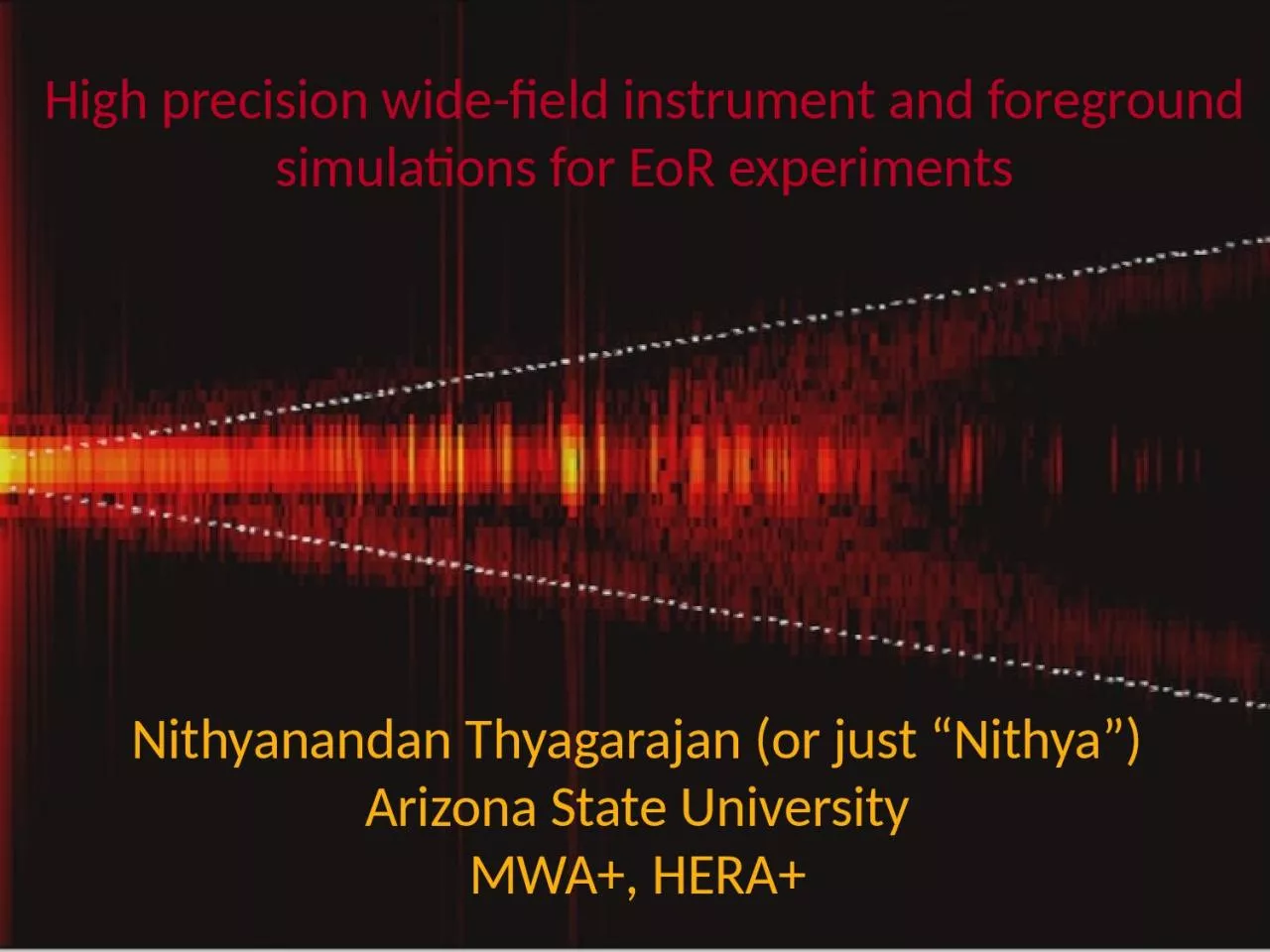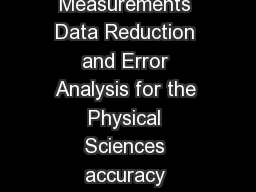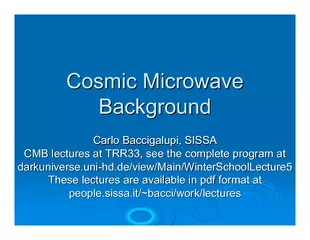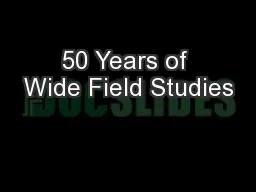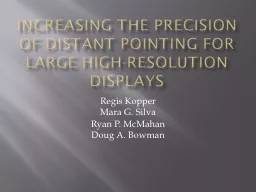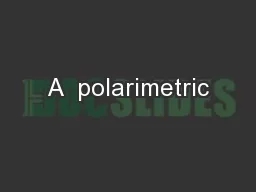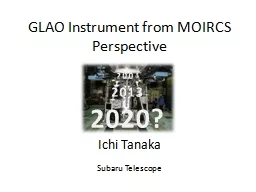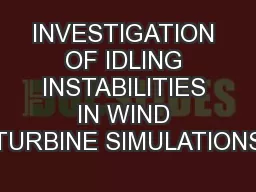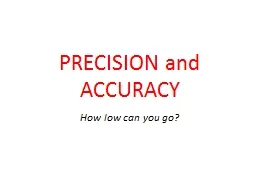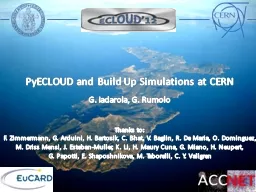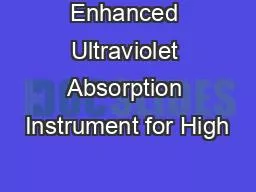PPT-High precision wide-field instrument and foreground simulations for
Author : Smoke-Fire | Published Date : 2022-08-03
EoR experiments Nithyanandan Thyagarajan or just Nithya Arizona State University MWA HERA MWA Collaboration HERA Collaboration The Foreground Problem Parsons
Presentation Embed Code
Download Presentation
Download Presentation The PPT/PDF document "High precision wide-field instrument and..." is the property of its rightful owner. Permission is granted to download and print the materials on this website for personal, non-commercial use only, and to display it on your personal computer provided you do not modify the materials and that you retain all copyright notices contained in the materials. By downloading content from our website, you accept the terms of this agreement.
High precision wide-field instrument and foreground simulations for: Transcript
Download Rules Of Document
"High precision wide-field instrument and foreground simulations for"The content belongs to its owner. You may download and print it for personal use, without modification, and keep all copyright notices. By downloading, you agree to these terms.
Related Documents

